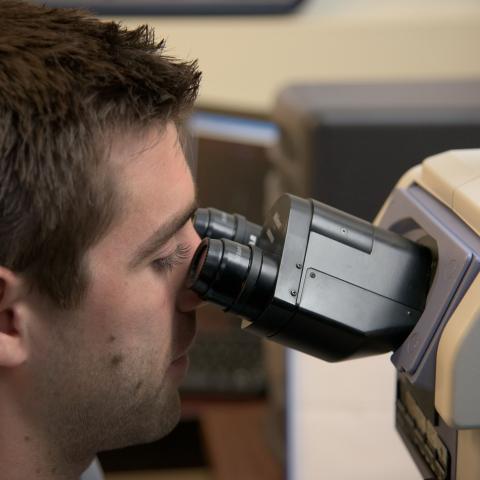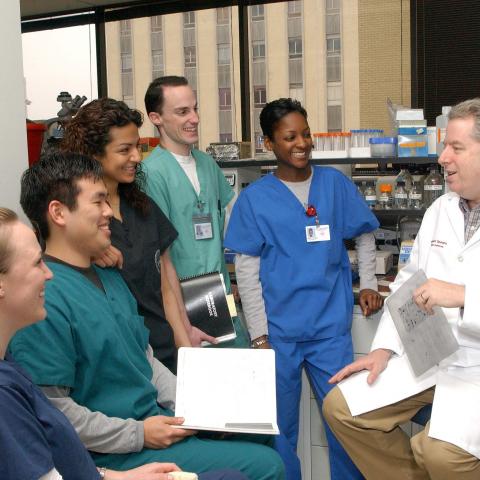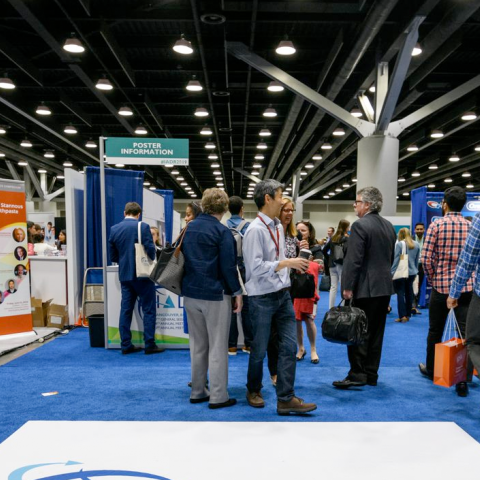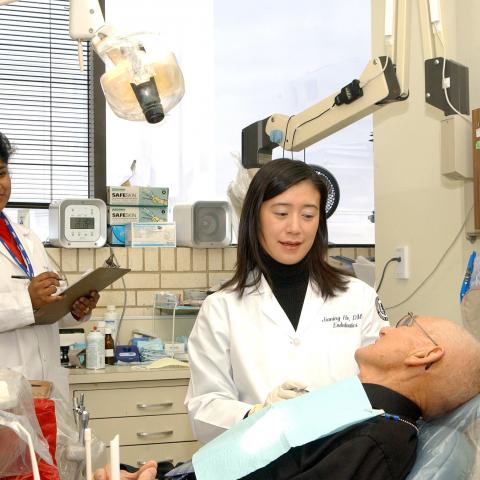Alexandria, VA, USA — Recognizing dental health care workers’ (DHCWs) perceptions of risk and safety is crucial as it likely influences attitudes toward testing and implementation of office risk mitigation policies. The study “Impact of DHCWs’ Safety Perception on Vaccine Acceptance and Adoption of Risk Mitigation Strategies,” published in the JDR Clinical & Translational Research, sought to estimate the association between safety perception on vaccine acceptance and adoptions of risk mitigation strategies among DHCWs.
Researchers emailed a cross-sectional survey to DHCWs in the New Jersey, USA area from December 2020 to January 2021 to assess the influence of DHCWs’ perception on behavior with respect to COVID-19 vaccine hesitancy and implementation of risk mitigation strategies within their dental offices. Risk Mitigation Strategy (RiMS) scores were computed from groupings of office measures: Physical distancing (reduced occupancy, traffic flow, donning of masks, minimal room crowding), personal protective equipment (use of N95 masks, face shields, coverings), and environmental disinfection (suction, air filtration, ultraviolet, surface wiping).
SARS-CoV-2 testing of dental professionals, coworkers, and patients were perceived to provide safety at 49%, 55%, and 68%, respectively. While dentists were least likely to feel safe with regular self-testing for SARS-CoV-2, as compared with hygienists and assistants, they were more willing than hygienists and assistants to receive the vaccine. Risk Mitigation Strategy scores did not significantly differ among groups of DHCWs. However, average scores were higher among those who received or planned to receive the COVID-19 vaccine than those with who did not. DHCWs who felt safer with regular testing had higher RiMS scores than those who did not.
“Understanding how to overcome barriers and enhance willingness to implement protective measures remains an essential component for pandemic preparedness for the dental community. Educators, clinicians, and policy makers can use the results of this study when improving attitudes toward testing and safety perception as well as increasing adherence to risk mitigation strategies. The ultimate goal is to reduce the risk of infection spread within dental offices, for current and future pandemics,” said author Modupe Coker, Rutgers School of Dental Medicine, Newark, NJ—a 2020-21 AADOCR MIND the Future Mentee. “Future prospective studies that correlate risk perception and mitigation strategies with SARS-CoV-2 viral and antibody testing are needed to demonstrate the effectiveness of risk mitigation strategies in dental care settings.”
Cecile Feldman, Dean of the Rutgers School of Dental Medicine and the PI of the NIH/NIDCR X01 DE030407 grant (Pragmatic Return to Effective Dental Infection Control through Triage and Testing) that funded this work added “The COVID-19 pandemic has kept many patients away from the dental office and has kept many workers away from their place of employment. By investigating factors associated with vaccination uptake and risk mitigation strategies, our research is aimed at increasing the safety of the dental office so that access to oral health care services is not severely impacted during either a new COVID-19 surge or a new novel infectious disease outbreak, which is sure to come.”
View a PDF of this press release.
About the JDR Clinical & Translational Research
The JDR Clinical & Translational Research is a quarterly publication. This peer-reviewed journal is dedicated to publishing original dental, oral, and craniofacial research at the interface between discovery science and clinical application with the translation of research into healthcare delivery systems at the individual patient, clinical practice, and community levels. The JDR CTR has been accepted for inclusion in MEDLINE. Follow the JDR CTR on Twitter @JDRClinTransRes.
International Association for Dental Research
The International Association for Dental Research (IADR) is a nonprofit organization with over 10,000 individual members worldwide, with a mission to drive dental, oral and craniofacial research for health and well-being worldwide. To learn more, visit www.iadr.org. The American Association for Dental, Oral, and Craniofacial Research (AADOCR) is the largest Division of IADR with 3,100 members in the United States. To learn more, visit www.iadr.org/aadocr




